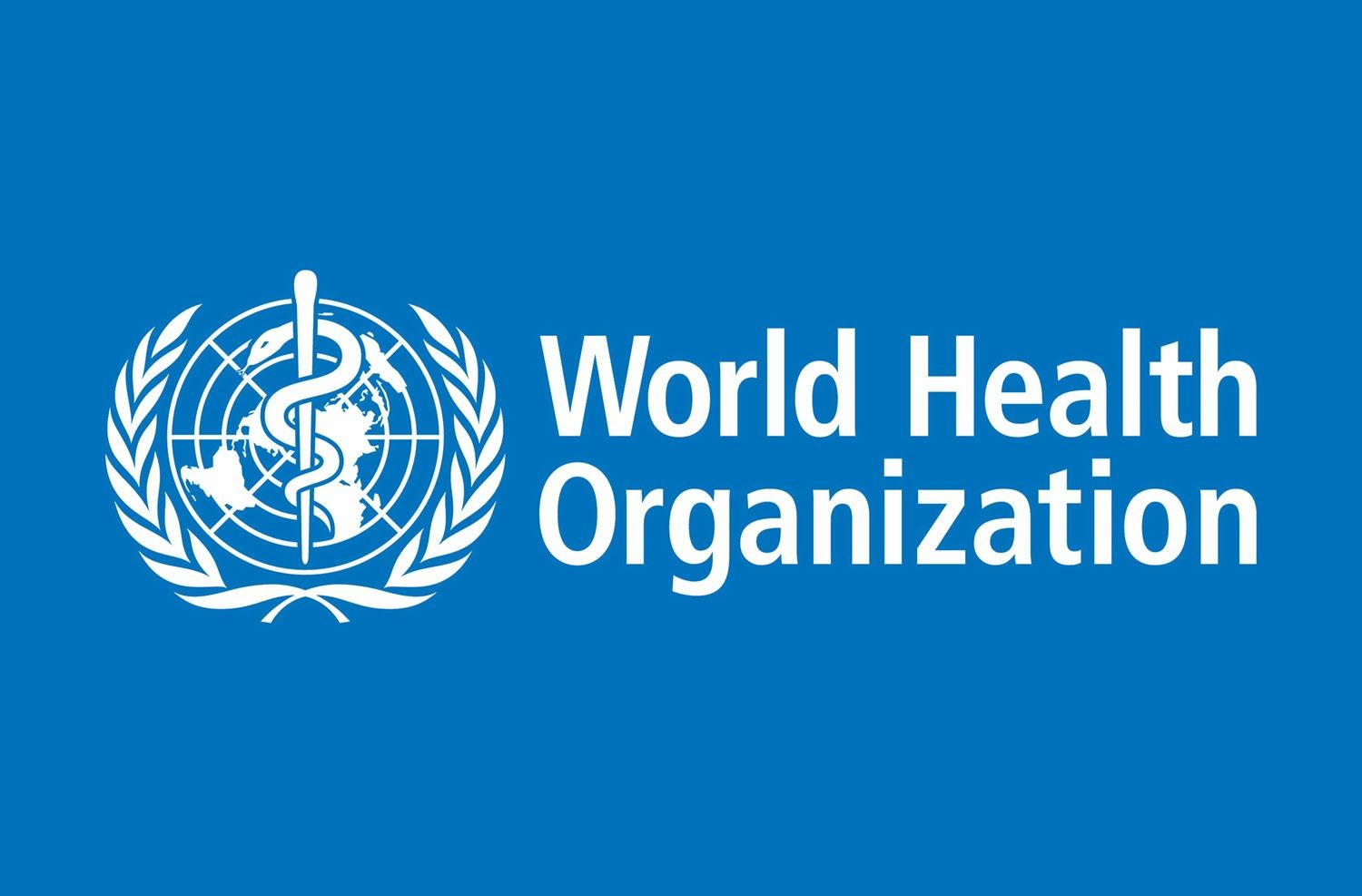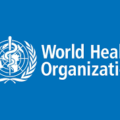The World Health Organization currently defines infertility as a disability and ‘a disease of the reproductive system defined by the failure to achieve a clinical pregnancy after 12 months or more of regular unprotected sexual intercourse’. Although (WHO) is considering making changes to the definition of infertility to recognize that every individual has the ‘right to reproduce’. The various classifications of infertility are defined below:
SEE: Best Fertility Drugs and Supplements in Nigeria
Clinical definitions
Infertility is “a disease of the reproductive system defined by the failure to achieve a clinical pregnancy after 12 months or more of regular unprotected sexual intercourse.”- WHO-ICMART glossary
“Infertility is the inability of a sexually active, non-contracepting couple to achieve pregnancy in one year. The male partner can be evaluated for infertility or subfertility using a variety of clinical interventions, and also from a laboratory evaluation of semen.” – Semen manual, 5th Edition
Demographic definitions of infertility
An inability of those of reproductive age (15-49 years) to become or remain pregnant within five years of exposure to pregnancy.
An inability to become pregnant with a live birth, within five years of exposure based upon a consistent union status, lack of contraceptive use, non-lactating, and maintaining a desire for a child.
Epidemiological definition of infertility
(For monitoring and surveillance), women of reproductive age (15–49 years) at risk of becoming pregnant (not pregnant, sexually active, not using contraception, and not lactating) who report trying unsuccessfully for a pregnancy for two years or more. (Reproductive Health Indicators).
Infertility as a disability
Disability: Infertility generates disability (impairment of function), and thus access to health care falls under the Convention on the Rights of Persons with Disability. An estimated 34 million women, predominantly from developing countries, have infertility which resulted from maternal sepsis and unsafe abortion (long-term maternal morbidity resulting in a disability). Infertility in women was ranked the 5th highest serious global disability (among populations under the age of 60).
Primary infertility
When a woman is unable to ever bear a child, either due to the inability to become pregnant or the inability to carry a pregnancy to a live birth, she would be classified as having primary infertility. Thus women whose pregnancy spontaneously miscarries, or whose pregnancy results in a stillborn child, without ever having had a live birth would present with primary infertility.
Secondary infertility
When a woman is unable to bear a child, either due to the inability to become pregnant or the inability to carry a pregnancy to a live birth following either a previous pregnancy or a previous ability to carry a pregnancy to a live birth, she would be classified as having secondary infertility. Thus those who repeatedly spontaneously miscarry or whose pregnancy results in a stillbirth, or following a previous pregnancy or a previous ability to do so, are then not unable to carry a pregnancy to a live birth would present with secondary infertility. SEE: Equity Vs Equality: Understanding The Difference





